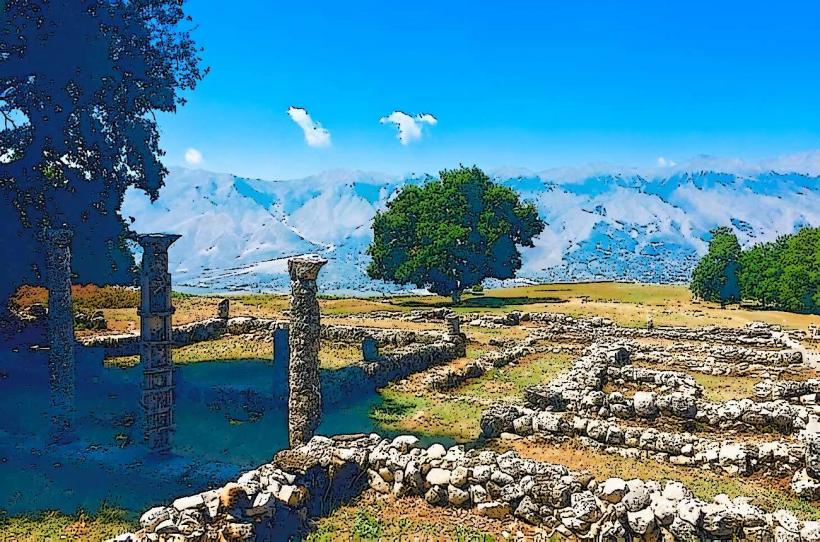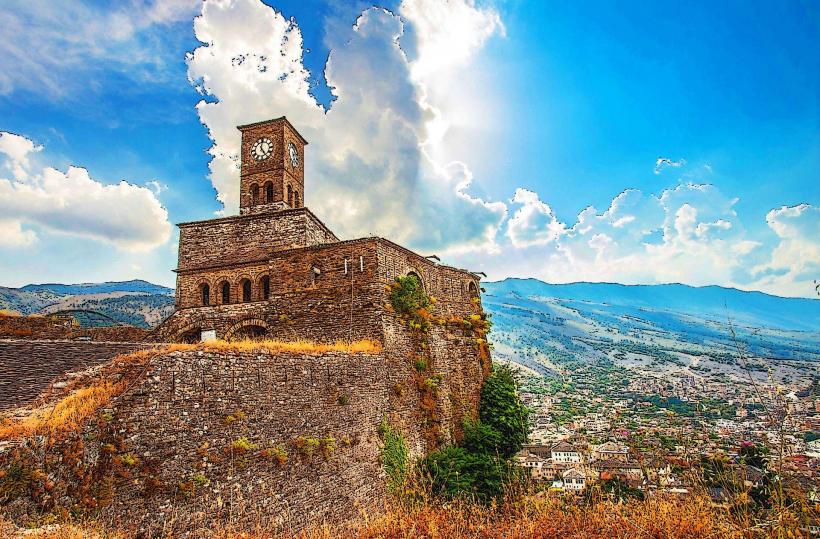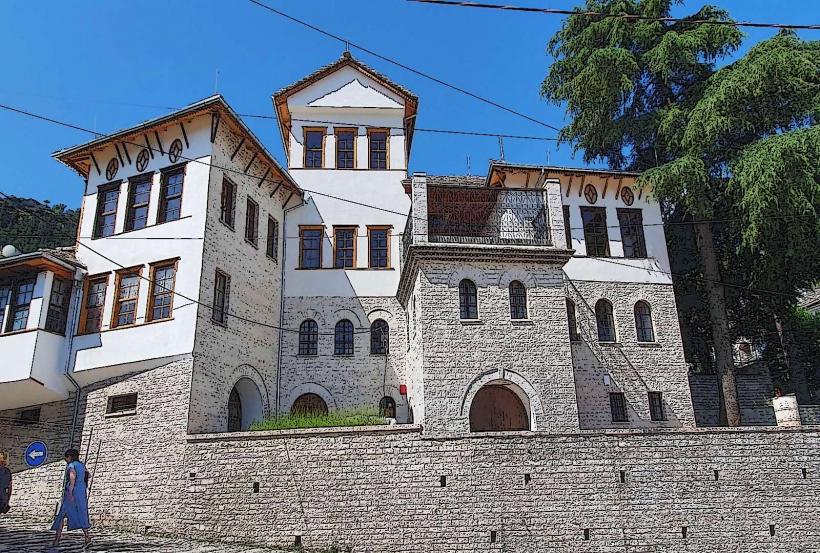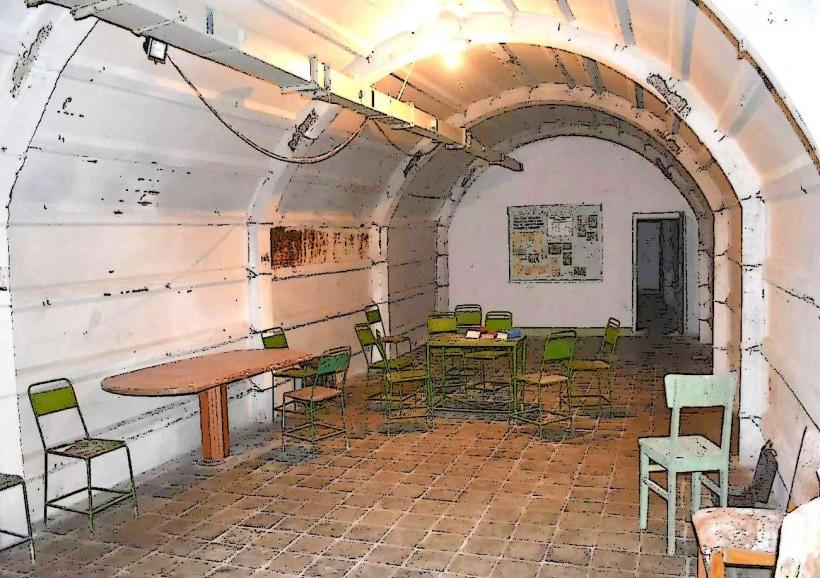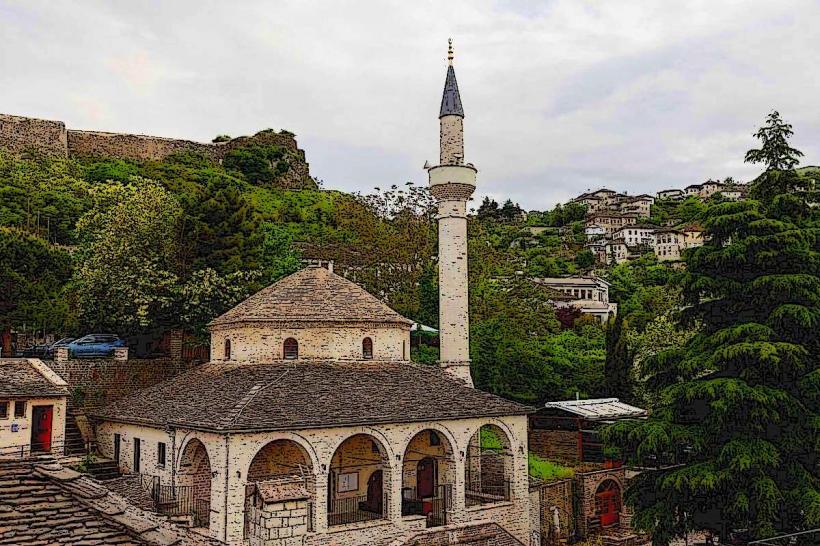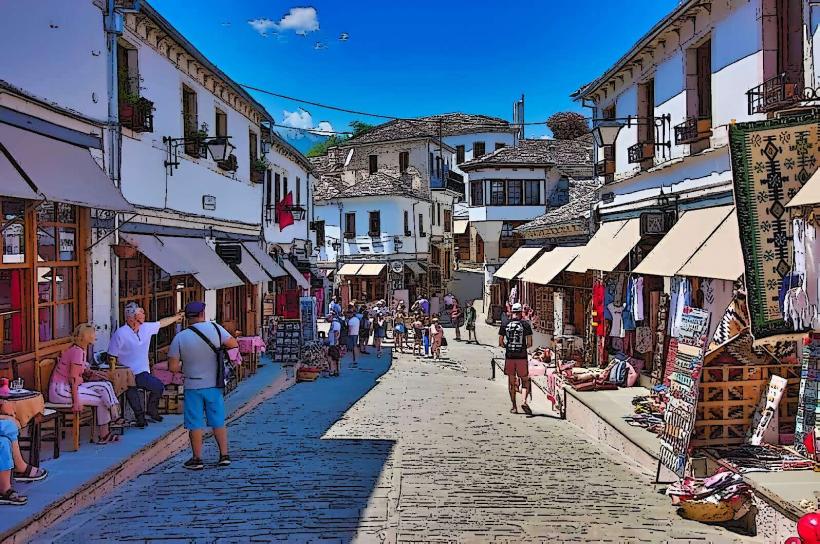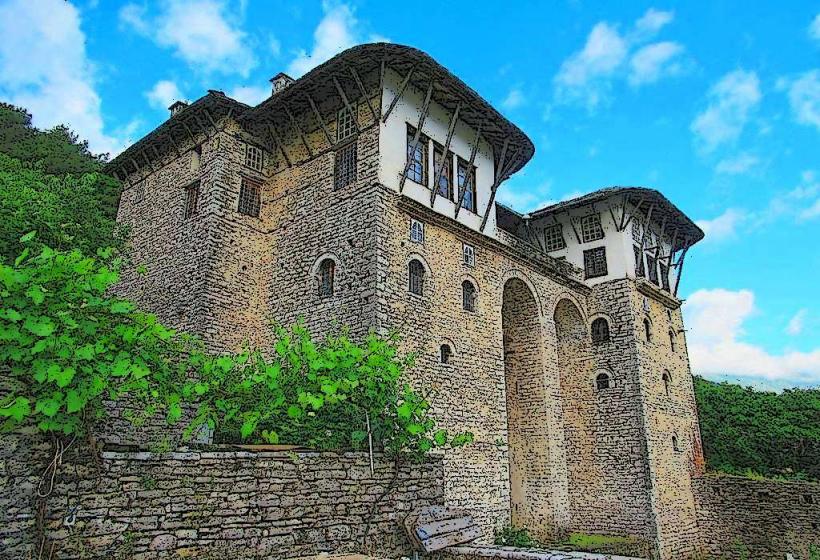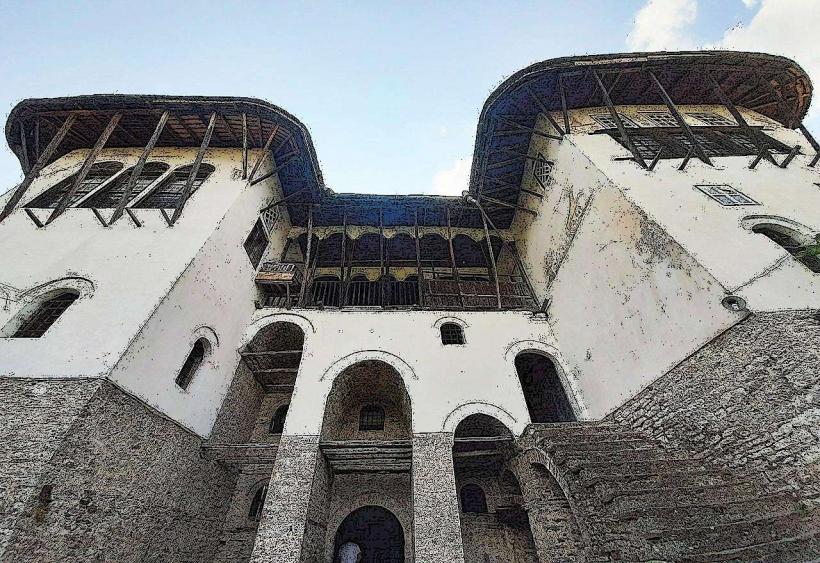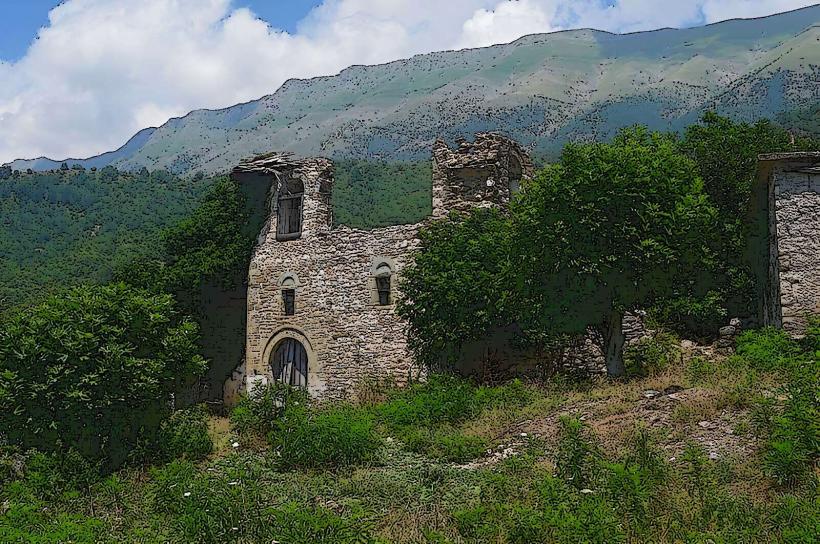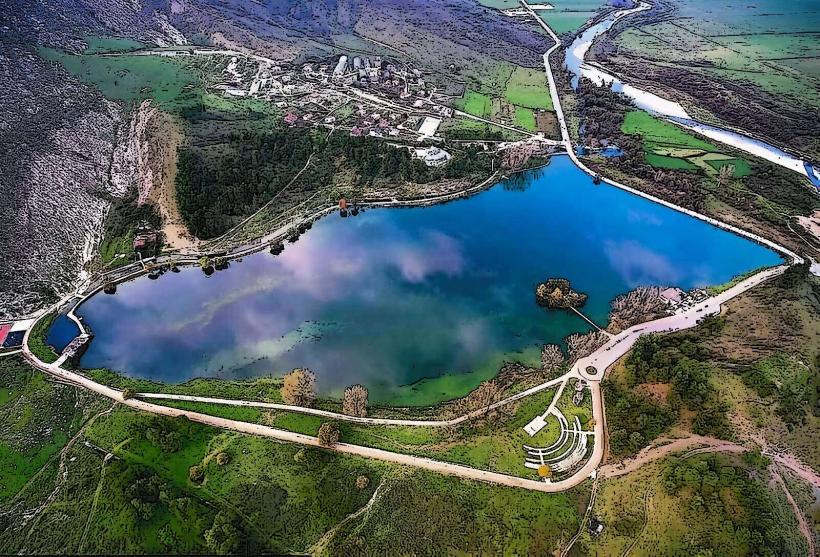Information
Landmark: Ali Pasha BridgeCity: Gjirokaster
Country: Albania
Continent: Europe
The Ali Pasha Bridge is a historic Ottoman-era bridge located near Gjirokastër, Albania. Built as part of an extensive aqueduct system during the early 19th century, it is a remarkable example of Ottoman engineering and a symbol of the ingenuity of its time.
Historical Context
Commissioned by Ali Pasha of Tepelena:
- The bridge was constructed under the rule of Ali Pasha Tepelena (1740–1822), a powerful Ottoman governor known for his ambitious architectural projects.
- It was part of an aqueduct system designed to transport water from a spring near Sopot Mountain to Gjirokastër Castle to meet the needs of its inhabitants.
Purpose:
- The aqueduct and bridge provided a reliable water source to the fortress, ensuring its sustainability during sieges and daily life.
Deconstruction:
- The aqueduct system was partially dismantled in the mid-19th century by Ottoman rulers after the fall of Ali Pasha, but parts of the bridge remain intact as a testament to its historic significance.
Architectural Features
Design:
- The bridge is an arched structure, characteristic of Ottoman engineering.
- It features stone masonry, with precisely cut blocks forming the arches and piers.
Size and Structure:
- The bridge spans over a gorge with multiple arches of varying sizes, designed to adapt to the rugged terrain of the area.
Materials:
- Built with limestone and local stone, the bridge blends harmoniously with its natural surroundings.
Engineering Ingenuity:
- The aqueduct system combined the bridge with underground channels and other conduits to ensure a continuous water flow over long distances.
Cultural and Historical Significance
Symbol of Ottoman Ingenuity:
- The Ali Pasha Bridge highlights the advanced engineering and architectural capabilities of the Ottoman period in Albania.
Legacy of Ali Pasha:
- It stands as a reminder of Ali Pasha's contributions to the region, showcasing his dedication to infrastructure and the welfare of his people.
Heritage Landmark:
- The bridge is part of the broader historical and cultural landscape of Gjirokastër, a UNESCO World Heritage Site.
Visitor Experience
Exploring the Bridge:
- The remains of the bridge are accessible to visitors and offer a glimpse into the impressive construction techniques of the past.
Scenic Location:
- The bridge is situated in a picturesque setting, surrounded by lush greenery and rugged mountain views, making it a great spot for photography and nature walks.
Connection to History:
- Visiting the bridge provides insight into the innovative solutions employed by past civilizations to overcome natural challenges.
Practical Information
Location:
- The Ali Pasha Bridge is located a short drive or hike from Gjirokastër, near the path leading to the Drino Valley.
Accessibility:
- The area can be reached via a combination of paved roads and walking trails. Comfortable footwear is recommended for those exploring the site on foot.
Best Time to Visit:
- Spring and early summer offer the best weather and scenic views of the surrounding area.
Guided Tours:
- Local tour operators often include the bridge in itineraries covering Gjirokastër’s historical landmarks.
Nearby Attractions
- Gjirokastër Castle:
- A massive fortress with historical exhibits and stunning views of the region.
- Zekate House:
- A well-preserved Ottoman-era tower house showcasing traditional architecture.
- Ottoman Bazaar:
- A lively marketplace in Gjirokastër’s old town with shops and cafes.
Conclusion
The Ali Pasha Bridge is a fascinating relic of Ottoman-era Albania, blending historical significance with architectural brilliance. It offers visitors a chance to connect with the region's past while enjoying the natural beauty of its surroundings. Whether you’re a history enthusiast, architecture lover, or nature seeker, this bridge is a must-see destination in the Gjirokastër area.

